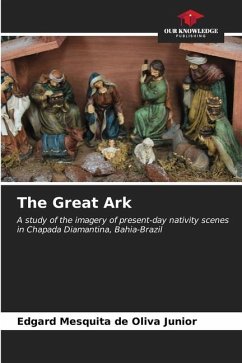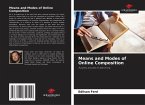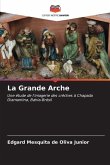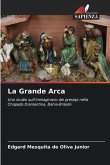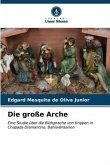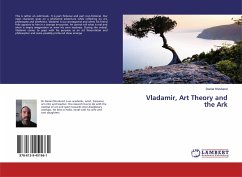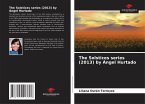The discovery of the theme of Nativity scenes, which began in 1998, in the village of Igatu, Chapada Diamantina - Bahia, led me to photograph them after a few trips to that mountainous site. Once the films had been developed, the subject motivated me to investigate more precisely why these people made such bold nativity scenes, rich in sacred and profane objects. The investigation took place between 2000 and 2004, during which time I obtained precious aesthetic information, spontaneous orality and theoretical and scientific knowledge about the rich subject. So, in this publication, I bring the photographic and theoretical research written, hoping to find in the readers who will get to know this rich universe of fantasy between the sacred and the profane, a dialog for exchanges, exchanges of knowledge and appreciation of popular culture which, in times of great technological advance, tends to be lost, to leave behind the creative imagination inherited by many generations, either through its oral history or through its day-to-day practice. So I think it's important that we seek to preserve our cultural memory, our origins and the origins of all peoples.
Bitte wählen Sie Ihr Anliegen aus.
Rechnungen
Retourenschein anfordern
Bestellstatus
Storno

